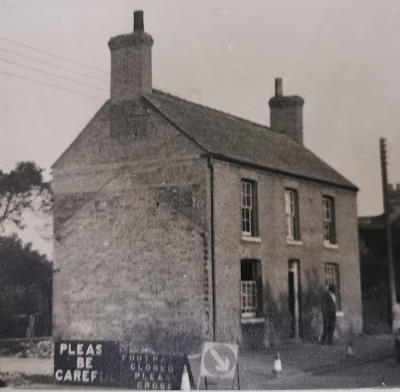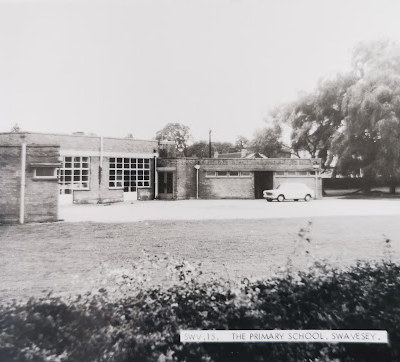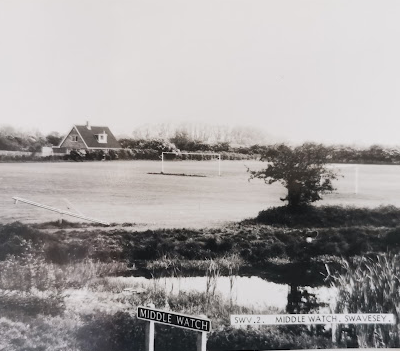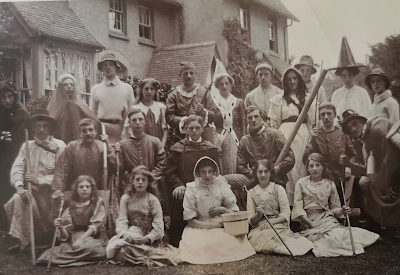Search by topic
- archaeology
- Building of Local Interest
- chapel
- charity
- church
- crime
- dressmaker
- fire
- Great Eastern Railway
- Listed building
- Mapping Relief
- medieval
- oral history
- poverty
- Public House
- Religious House
- Roman
- scholar
- school
- Then and Now
- tudor
- women
- work
- world war one
- world war two
Search by text
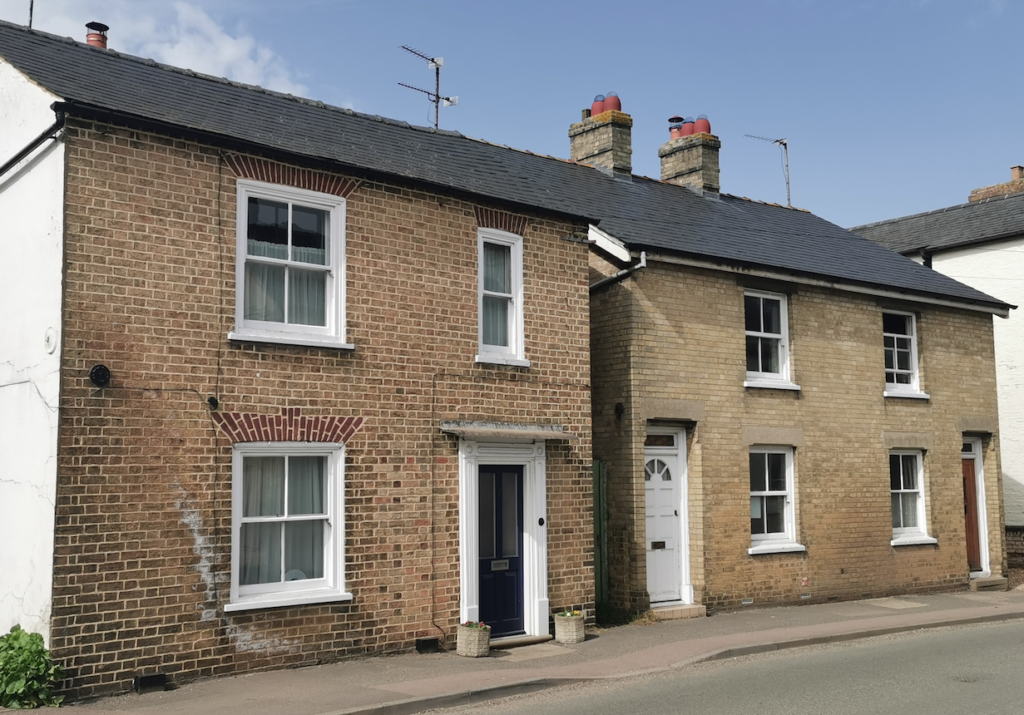 7 - 9 Station Road Swavesey
7 - 9 Station Road Swavesey9 Station Road, Church End, High Street, Swavesey
History of 9 Station Road, Swavesey
1871 High Street
Steven Middleton, 45, railway lab, b Swavesey
Esther, 45, b Fen Drayton
Harriet H, 13, b Swavesey
Charles, 17, ag.lab., b Swavesey
1881
John Payne, 48, hay and chaff dealer, b Swavesey
Emma, 45, b Swavesey
1891
Eliza R Holmes, 19, b Childerley
Benjamin, 8m, b Swavesey
1901 unnumbered
Esther Roby, widow, 70, b Fen Drayton, lame from broken ankle not from childhood
1911 unnumbered
Benjamin Thorp, 39, cycle agent, b Swavesey
Hannah, 26, b Westmoreland
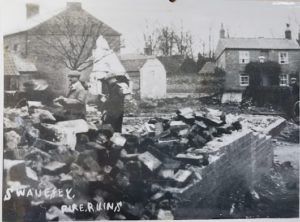
Swavesey, post 1913 fire. Remains of Ben Thorp’s cycle shop. Insurance assessors. New shop and warehouse built before end of 1913 – date visible. (Alan Lee Swavesey collection)
1913
[The following section is illegible on the BNA scan]
and evele and motor stores at the back. All the buildings were alight before the rescuers had had time to remove very much, but the more valuable part of Mr. Thorp’s stock-in-trade was saved. with, it is hoped, the greater part of the valuable cups and other trophies be has won in various sporting events. Mr. Thorp himself was away in London.
9 & 11 were built on the site of the cottages burned down in 1913.
Contribute
Do you have any information about the people or places in this article? If so, then please let us know using the Contact page or by emailing capturingcambridge@
License
This work is licensed under CC BY-NC-SA 4.0






